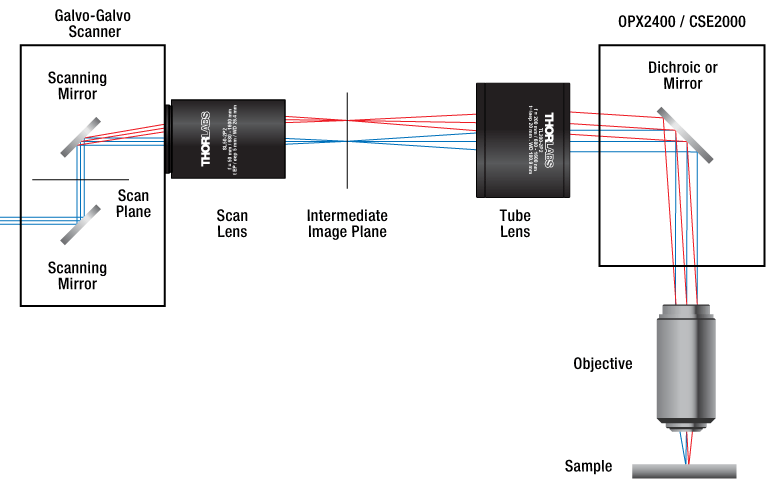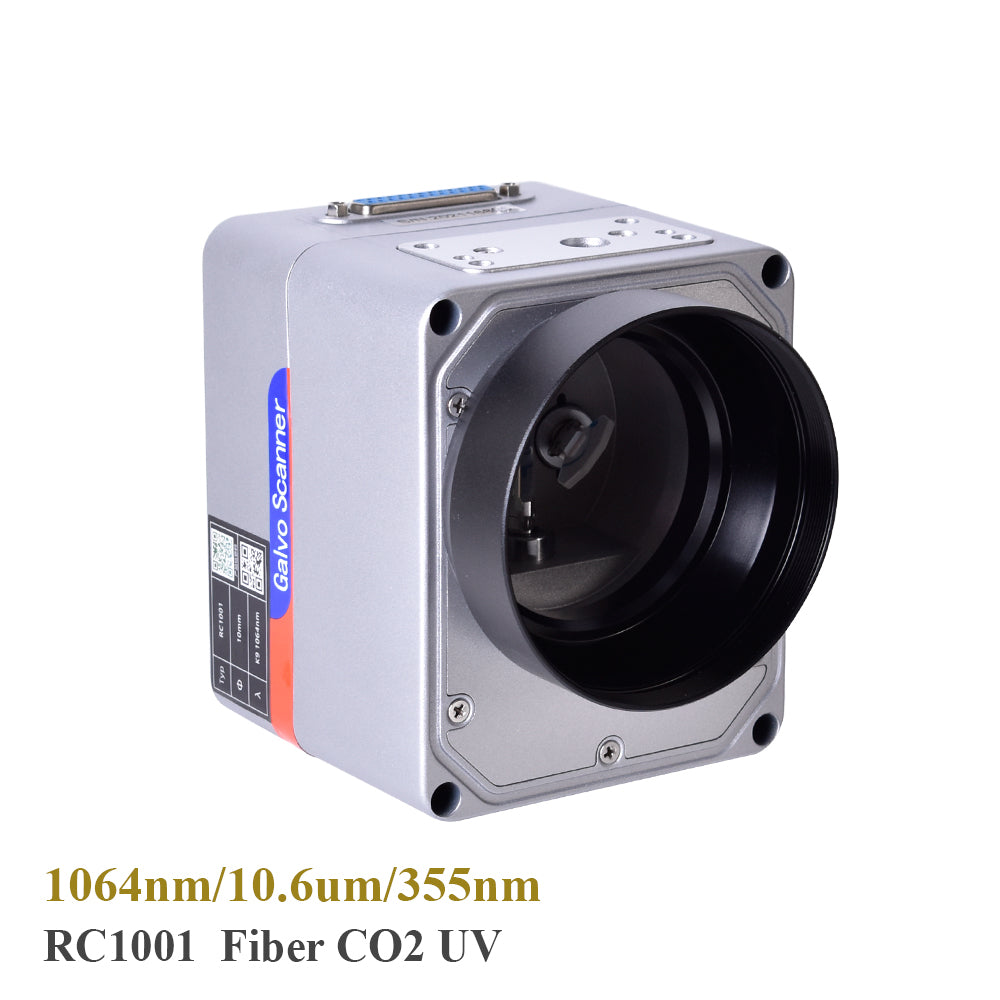Just How a Galvanometer Scanner Improves Efficiency in Laser Scanning Technologies
The assimilation of galvanometer scanners in laser scanning modern technologies represents an essential development in accuracy design. By helping with quick and precise changes of laser beam of light instructions, these devices significantly improve operational effectiveness throughout various applications, from clinical imaging to commercial inscription. The underlying electromagnetic systems, combined with advanced feedback systems, make certain real-time control and improved accuracy. As industries progressively require higher performance requirements, the concern occurs: what future technologies might even more raise the capacities of galvanometer scanners in this developing landscape?
Comprehending Galvanometer Scanners
A galvanometer scanner is an innovative device that leverages electro-magnetic principles to accomplish exact angular movement of mirrors or various other reflective surfaces. These scanners run via the communication of an electric existing and a magnetic area, making it possible for fast and accurate placing. This technology is necessary in applications needing high-speed scanning, such as laser engraving, optical interaction, and medical imaging.

Galvanometer scanners are typically identified by their rapid action times and high angular resolution, making them ideal for applications that demand fast activities and precise positioning. Their dependability and efficiency make them a vital component in modern laser scanning technologies, contributing substantially to developments in different areas, consisting of manufacturing, medical care, and telecommunications.
System of Laser Light Beam Control

The control mechanism relies upon closed-loop feedback systems that continually check the beam of light's placement. The signals from optical sensing units supply real-time information to the control system, permitting quick changes to preserve precision. This is crucial in applications where even small variances can jeopardize the quality of the scan or etching.
Furthermore, the galvanometer's reaction time is extremely important; high-speed electric motors make it possible for speedy movements, ensuring that the laser beam of light can swiftly map intricate patterns or do complex procedures. The assimilation of electronic signal handling further boosts the responsiveness and precision of the galvanometer scanner. On the whole, the system of laser light beam control via galvanometer scanners exemplifies the blend of advanced engineering and modern technology, yielding high-performance end results in laser scanning applications.
Advantages of Enhanced Precision
Improved accuracy in laser scanning technologies supplies considerable advantages across different applications, from commercial manufacturing to clinical procedures. The assimilation of galvanometer scanners permits very accurate light beam positioning, which is critical for tasks needing careful information. This improved accuracy guarantees that the laser can target particular areas with marginal deviation, causing exceptional top quality results.
In commercial contexts, specific laser scanning results in enhanced product uniformity and reduced product waste. Components manufactured with high accuracy are much less most likely to require rework, therefore enhancing productivity and reducing operational costs. In medical applications, the precision of laser procedures can considerably impact individual results. For instance, in laser surgery, specific targeting decreases damages to surrounding tissues, bring about quicker recuperation times and less complications.
In addition, enhanced precision facilitates advanced applications such as 3D imaging and microfabrication, where even minute mistakes can cause substantial mistakes. By offering repeatable and reliable laser positioning, galvanometer scanners add to the general effectiveness and performance of laser systems. In summary, the advantages of More about the author enhanced accuracy not only improve functional efficiency yet also raise the criteria of high quality and security in various markets.
Applications in Numerous Industries
The flexibility of galvanometer scanners in laser scanning technologies prolongs throughout numerous industries, each gaining from the accuracy they offer. In the clinical field, these scanners are critical in applications such as laser surgery and imaging, enabling for highly precise targeting of cells while decreasing damages to bordering locations - galvanometer scanner. Their fast reaction and fine resolution are essential in producing premium outcomes
In the production sector, galvanometer scanners boost procedures like laser inscription and cutting. Their ability to quickly guide laser beams onto surfaces makes it possible for reliable manufacturing lines, improving rate and precision in developing complex layouts or components.
The auto sector additionally capitalizes on galvanometer innovation for top quality control and evaluations (galvanometer scanner). By utilizing high-speed scanning, manufacturers can detect defects in assemblies or materials, making certain that products meet rigid criteria
Furthermore, in the home entertainment industry, galvanometer scanners are used in laser light shows and display screens, using vibrant visual experiences with specific control over laser movements.
Future Fads in Laser Scanning
Arising modern technologies are positioned to transform the landscape of laser scanning, with galvanometer scanners at the forefront of this improvement. As sectors significantly require precision and efficiency, the advancement of galvanometer modern technology will certainly drive substantial improvements in laser scanning applications.
Future patterns show a growing integration of artificial knowledge and maker learning algorithms, which will certainly enhance information refining capacities and automate decision-making in real-time. This harmony will certainly allow for a lot more innovative evaluation of checked information, resulting in boosted accuracy in applications such as 3D modeling and independent navigating.
In addition, the miniaturization of components and the growth of innovative products will add to lighter, a lot more mobile laser scanning systems. This transportability will certainly increase the reach of laser scanning innovations right into formerly hard to reach environments, such as remote terrain and complex building rooms.
The rise of augmented reality (AR) and digital fact (VIRTUAL REALITY) applications will certainly also shape the future of laser visit scanning. By integrating galvanometer scanners with AR and virtual reality, individuals will certainly take advantage of immersive experiences that improve visualization and job planning.
Conclusion
Finally, galvanometer scanners play an discover this essential duty in enhancing laser scanning technologies via their specific control of light beam direction and rapid angular adjustments. The combination of innovative comments systems and optical sensing units considerably improves functional speed and accuracy, bring about boosted outcomes in applications such as laser inscription and medical imaging. As industries increasingly take on these technologies, the recurring innovations in galvanometer scanner styles are expected to more boost efficiency requirements and widen application possibilities.
The combination of galvanometer scanners in laser scanning technologies stands for a pivotal development in precision engineering. Overall, the device of laser beam control with galvanometer scanners exhibits the fusion of advanced engineering and innovation, generating high-performance end results in laser scanning applications.
By giving repeatable and reliable laser positioning, galvanometer scanners add to the general efficiency and efficiency of laser systems.The adaptability of galvanometer scanners in laser scanning technologies prolongs across several markets, each benefiting from the accuracy they give.In conclusion, galvanometer scanners play an essential function in maximizing laser scanning technologies through their exact control of light beam instructions and quick angular modifications.